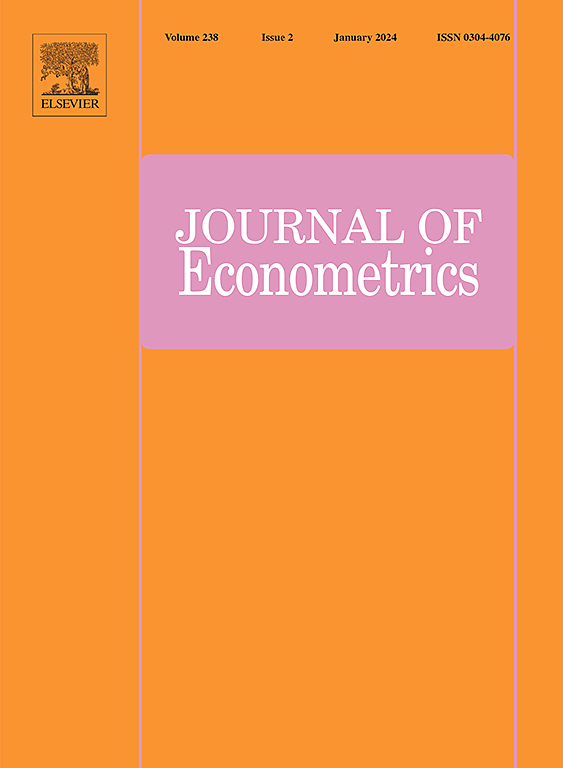结构周期向量自回归
IF 4
3区 经济学
Q1 ECONOMICS
引用次数: 0
摘要
虽然原始宏观经济数据固有的季节性通常在用于结构推断之前通过季节调整技术去除,但这可能会扭曲数据中的宝贵信息。作为对季节性调整数据常用的结构向量自回归(SVARs)的替代方法,我们提出直接使用结构周期向量自回归(spvar)来模拟季节性未调整(原始)数据的潜在周期性。这种方法不仅允许周期性时变截距,而且允许周期性自回归参数和创新方差。由于这种更大的灵活性导致参数数量的增加,我们提出了线性约束估计技术。此外,基于spvar,我们提供了两种新的识别方案,并提出了一个允许直接考虑季节模式的脉冲响应分析的一般框架。给出了弹性线性约束下SPVAR估计量和脉冲响应的渐近理论,并引入了脉冲响应的季节性检验。对于置信区间的构造,我们讨论了几种基于残差的(季节)自举方法,并证明了它们在不同假设下的自举一致性。一个实际的数据应用表明,当依赖于常用的季节调整方法时,可能会丢失有关数据周期结构的有用信息。本文章由计算机程序翻译,如有差异,请以英文原文为准。
Structural periodic vector autoregressions
While seasonality inherent to raw macroeconomic data is commonly removed by seasonal adjustment techniques before it is used for structural inference, this may distort valuable information in the data. As an alternative method to commonly used structural vector autoregressions (SVARs) for seasonally adjusted data, we propose to model potential periodicity in seasonally unadjusted (raw) data directly by structural periodic vector autoregressions (SPVARs). This approach does not only allow for periodically time-varying intercepts, but also for periodic autoregressive parameters and innovations variances. As this larger flexibility leads to an increased number of parameters, we propose linearly constrained estimation techniques. Moreover, based on SPVARs, we provide two novel identification schemes and propose a general framework for impulse response analyses that allows for direct consideration of seasonal patterns. We provide asymptotic theory for SPVAR estimators and impulse responses under flexible linear restrictions and introduce a test for seasonality in impulse responses. For the construction of confidence intervals, we discuss several residual-based (seasonal) bootstrap methods and prove their bootstrap consistency under different assumptions. A real data application shows that useful information about the periodic structure in the data may be lost when relying on common seasonal adjustment methods.
求助全文
通过发布文献求助,成功后即可免费获取论文全文。
去求助
来源期刊

Journal of Econometrics
社会科学-数学跨学科应用
CiteScore
8.60
自引率
1.60%
发文量
220
审稿时长
3-8 weeks
期刊介绍:
The Journal of Econometrics serves as an outlet for important, high quality, new research in both theoretical and applied econometrics. The scope of the Journal includes papers dealing with identification, estimation, testing, decision, and prediction issues encountered in economic research. Classical Bayesian statistics, and machine learning methods, are decidedly within the range of the Journal''s interests. The Annals of Econometrics is a supplement to the Journal of Econometrics.
 求助内容:
求助内容: 应助结果提醒方式:
应助结果提醒方式:


